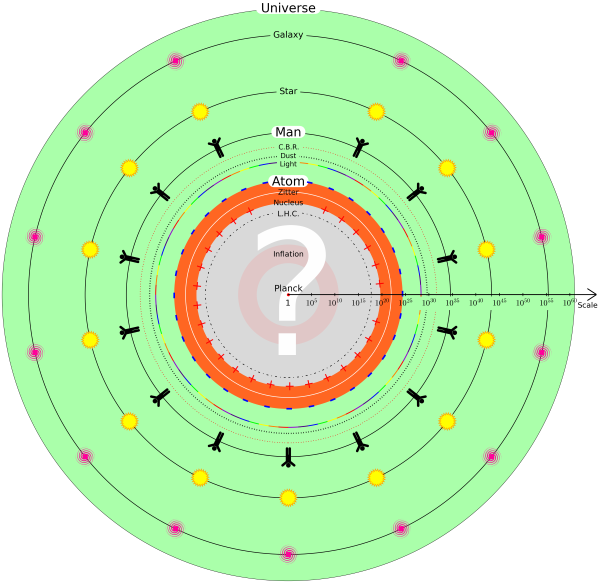Causal Set Theory
Causal Set Theory is based on two data domains: first, the causal set of discrete points where events can occur in spacetime; second, second, the connection data of all the causal relations between events. This is a natural match with the Cosmic Computer view that atoms are where all events must happen, and each atom contains a separate sub-atomic scale data domain where relationships between events are stored and processed using spin and phase relationships in rotational time. An atom and nucleus provide natural size units of spacetime volume for the causal set.
From Wikipedia, https://en.wikipedia.org/wiki/Causal_sets
The causal sets program is an approach to quantum gravity. Its founding principles are that spacetime is fundamentally discrete (a collection of discrete spacetime points, called the elements of the causal set) and that spacetime events are related by a partial order. This partial order has the physical meaning of the causality relations between spacetime events.
The program is based on a theorem[1] by David Malament that states that if there is a bijective map between two past and future distinguishing space times that preserves their causal structure then the map is a conformal isomorphism. The conformal factor that is left undetermined is related to the volume of regions in the spacetime. This volume factor can be recovered by specifying a volume element for each space time point. The volume of a space time region could then be found by counting the number of points in that region.
Causal sets was initiated by Rafael Sorkin who continues to be the main proponent of the program. He has coined the slogan "Order + Number = Geometry" to characterize the above argument. The program provides a theory in which space time is fundamentally discrete while retaining local Lorentz invariance.
Here is a good video by Joe Scott about Causal Set Theory:
